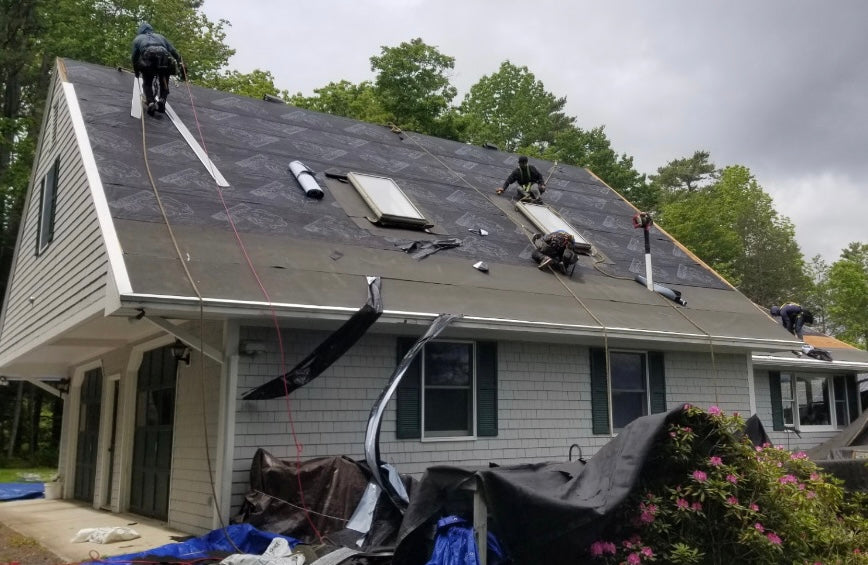
How to Ensure Flashing is Secure Around Chimneys and Vents
Properly installed and maintained flashing is essential for preventing leaks around chimneys, vents, and other roof penetrations. Flashing acts as a waterproof barrier, directing water away from vulnerable areas and into the gutters. Here’s a quick guide to help homeowners ensure their flashing is secure and effective.
**1. Inspect the Flashing Regularly:**
Start by inspecting the flashing around your chimney, vents, and any other roof penetrations at least twice a year, ideally in the spring and fall. Look for signs of rust, cracks, or loose sections. Damaged or deteriorating flashing is a common cause of leaks.
**2. Check for Loose or Missing Sealant:**
The sealant around flashing edges can crack or wear out over time. If you notice gaps, peeling, or missing sealant, it’s essential to reapply a high-quality roofing sealant to prevent water from seeping underneath the flashing.
**3. Tighten Loose Flashing:**
Wind, heavy rain, and snow can loosen flashing over time. Use roofing nails or screws to secure any loose sections, ensuring that the flashing lies flat against the roof surface. If the flashing is severely damaged or corroded, it’s best to replace it entirely.
**4. Inspect the Roof Surface:**
The area where the flashing meets the roof should be free of debris, moss, or leaves, as these can trap moisture and lead to leaks. Clear any buildup and ensure that the roof surface is in good condition.
**5. Consider Professional Help:**
While basic flashing maintenance can be a DIY task, improperly installed or damaged flashing requires professional attention. A small mistake can lead to significant water damage.
To ensure your roof remains leak-free, contact Rob at A Plus Roofing at (207) 837-5669 for a **free inspection**. Our experts can assess your flashing and provide the necessary repairs to keep your home protected year-round.
**1. Inspect the Flashing Regularly:**
Start by inspecting the flashing around your chimney, vents, and any other roof penetrations at least twice a year, ideally in the spring and fall. Look for signs of rust, cracks, or loose sections. Damaged or deteriorating flashing is a common cause of leaks.
**2. Check for Loose or Missing Sealant:**
The sealant around flashing edges can crack or wear out over time. If you notice gaps, peeling, or missing sealant, it’s essential to reapply a high-quality roofing sealant to prevent water from seeping underneath the flashing.
**3. Tighten Loose Flashing:**
Wind, heavy rain, and snow can loosen flashing over time. Use roofing nails or screws to secure any loose sections, ensuring that the flashing lies flat against the roof surface. If the flashing is severely damaged or corroded, it’s best to replace it entirely.
**4. Inspect the Roof Surface:**
The area where the flashing meets the roof should be free of debris, moss, or leaves, as these can trap moisture and lead to leaks. Clear any buildup and ensure that the roof surface is in good condition.
**5. Consider Professional Help:**
While basic flashing maintenance can be a DIY task, improperly installed or damaged flashing requires professional attention. A small mistake can lead to significant water damage.
To ensure your roof remains leak-free, contact Rob at A Plus Roofing at (207) 837-5669 for a **free inspection**. Our experts can assess your flashing and provide the necessary repairs to keep your home protected year-round.
